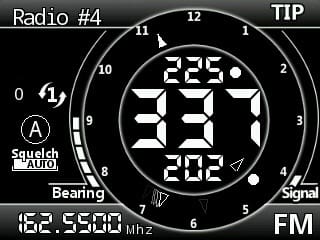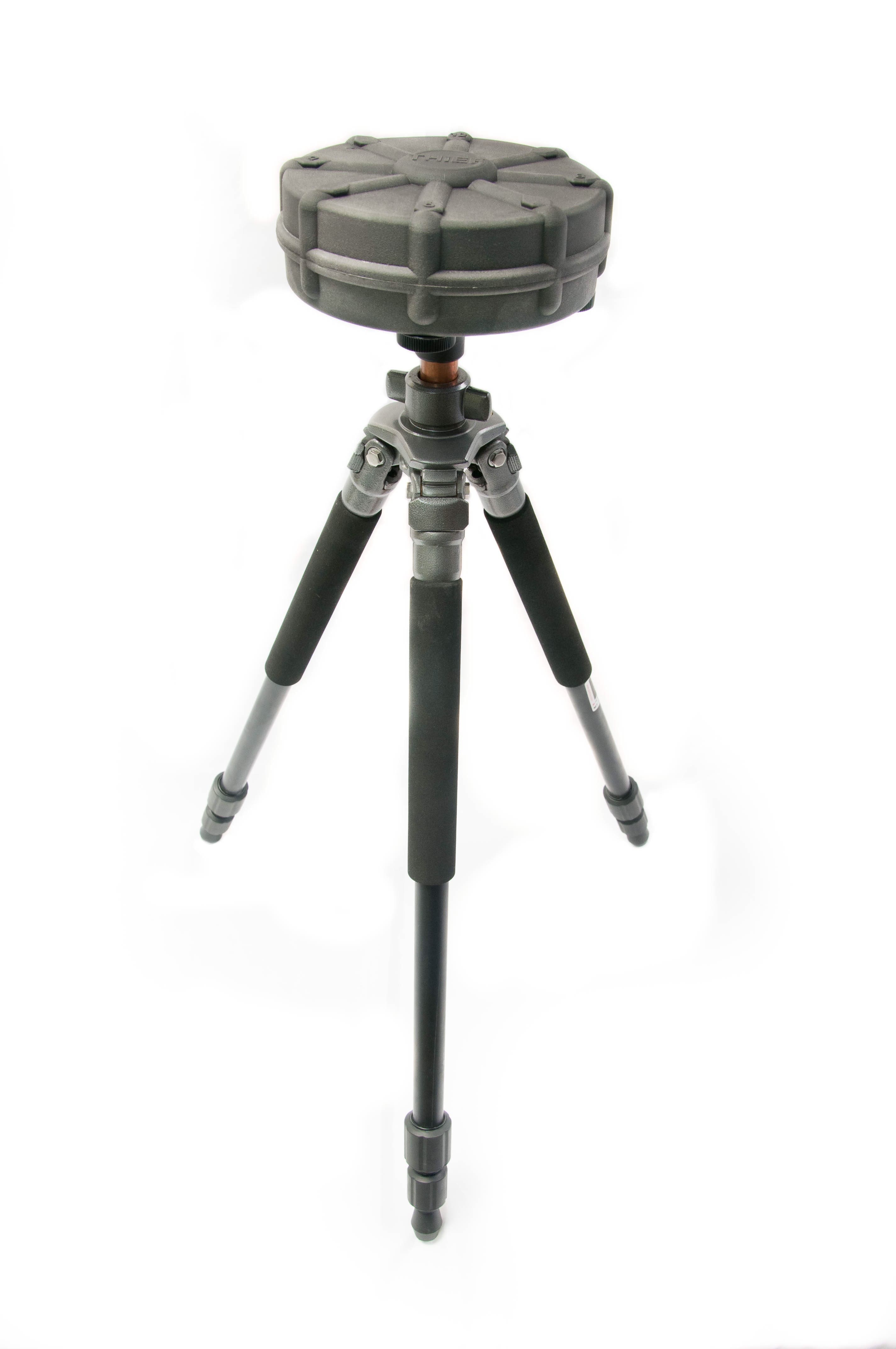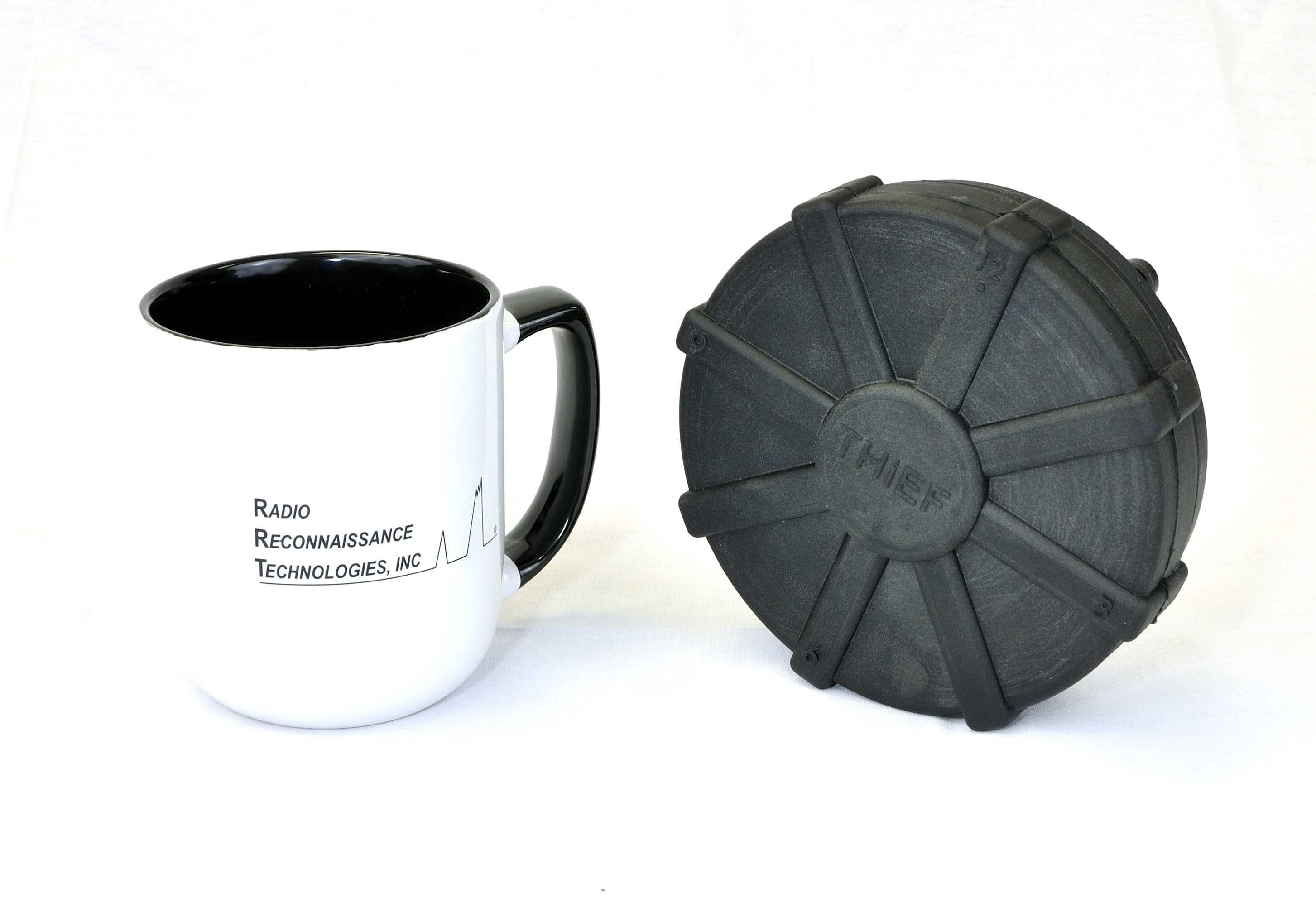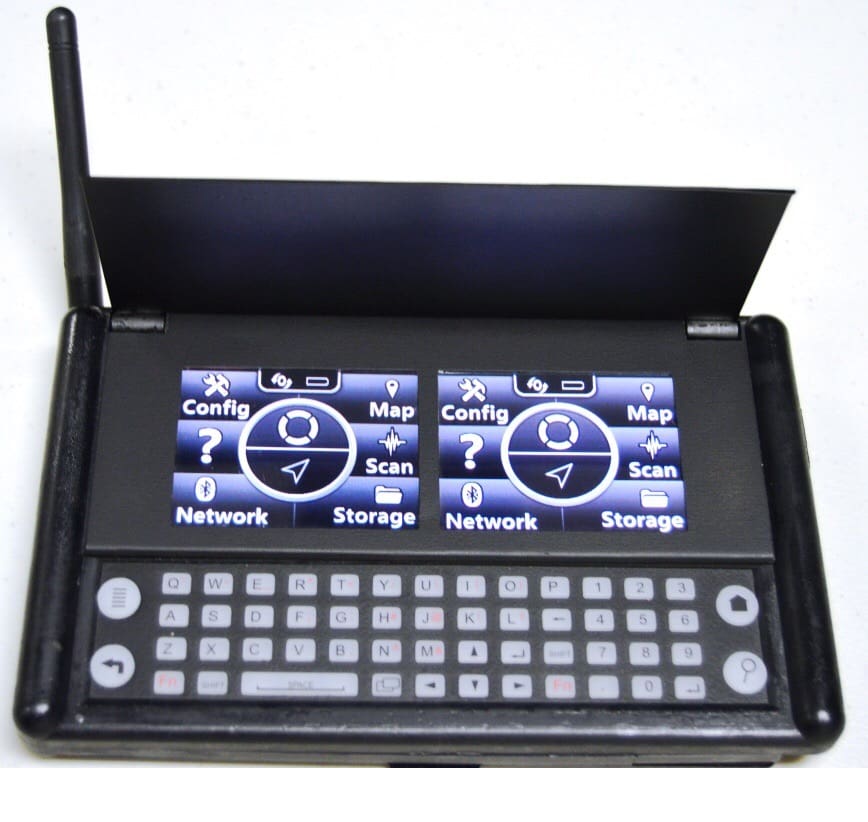While visiting with Regulus Global during SHOT Show, something caught my eye. It was Tactical Handheld Emitter Finder System from Radio Reconnaissance Technologies. THiEF provides intercept and Radio Direction Finding Line of Bearing against VHF and UHF, analog, single-channel, push-to-talk transmitters.
I’ve used a variety of radio direction finding systems when I was in the service. But, they were much larger, and heavier. Take a look at the THiEF’s antenna head. It’s so compact, it could be integrated into a helmet or other equipment as a body worn system.
The Controller/Display weighs just 15 oz and the Receiver/Antenna comes in at 16.5 oz.
THiEF uses a custom controller to provide the operator with an intuitive, easy-to-learn User Interface with full audio recoring and playback along with a map display.

RRT’s THiEF is available for qualified international customers through Regulus Global.
Tags: Regulus Global, RRT





If it does contain a preselector (datasheet doesn’t tell anything about that), it must be true gem.
“against VHF and UHF, analog, single-channel, push-to-talk transmitters”
This pretty much excludes all military-grade communications since the 1980’s or so. And much of the current civilian stuff too, except for the lowest grade walkie-talkies. You can find a wide sortiment of digital VHF and UHF tranceiver handsets, starting at some $100 a piece, at eg Chinese webstores. There are also no-brand Android smartphone + VHF/UHF combos, and whatever, Arabic and Persian supported.
But never mind, the THiEF antenna head integrated into a helmet would sure look cool.
You would think adding digital and trunking/multiplex/freq hopping capabilities would be entirely possible with a control unit and firmware upgrade. Even better use an android tablet and software…..
Or even that those capabilities might already exist for customers who qualify and ask the right questions…
Honestly, unless there is a lot more going on there it wouldn’t make any sense to hide the digital and trunking capabilities. While this is an easier to use system it’s not doing anything a yagi,compass, and scanner can’t.
… if there’s a continuous single point of origin signal, you’re at least partially right (degrees of precision and integration into other suites). For the actual RRT intended application, no, there’s such a massive capability difference between a directional antenna and what this can do that they’re not worth mentioning in the same thought.
Yeah, obviously would make the job easier in many ways( not the least of which is weight and profile). I was more commenting on the possibility of undisclosed capabilities. As far as the data recording, it is becoming an expected integral feature on modern scanners.
As in those capabilities are already out there. The thief itself wouldn’t have to differentiate between different digital modes just recognize” hey those are 1’s and 0’s” recording for later use…..
Doesn’t mean that the current mass deployed system has a particularly good one – it’s not just an ease of accomplishment thing, honestly it’s so different it qualifies as an added capability.
I think some of the digital domain stuff you’re thinking of is beyond the capabilities of the receiver hardware (taking a guess on branding of the RF chain internals, and I’m usually right about these), but for the foreseeable future just having a reasonably integrated system to handle an extant signal class is something badly needed; having to borrow and extract extra capability from an existing Army program of record just to achieve the capability sucked (although I had great fun breaking some of the earliest ones that Marines got to use of those)
I have no clue about anything in the system, just what is “out there” civilian side. Stuff’ s getting pretty crazy with all the signal hacking and SDR stuff. Just a few weeks ago a guy released a hack to convert a $150 md380 into a DSM scanner that works regardless of usegroups. Just flash and turn it on.
Thanks for the discussion.
I’ve gotten to play with (read:break) a lot of RRT equipment, and currently doing my PhD thesis on the civilian SDR side.
Likewise, thanks for the discussion
This unit was designed with very specific adversaries in mind, namely current and in the recent past.
Besides, it was found at a trade show. 99% of the ‘cool stuff’ gets hid behind government restrictions and corporate confidential agreements. Kind of the whole “don’t call us, we’ll call you” sort of thing.
Welcome to ITAR.
When they say VHF and UHF they are probably referring to the frequency bands and not the type of radios people normally think of. VHF = 30 MHz to 300 MHz and UHF = 300 MHz to 3 GHz.
Don’t worry, guys who use this equipment understand what it is used for.
This – it’s actually surprising what is possible with some of the legacy stuff, and I’m sure I wasn’t the only one getting non-standard RDF configurations to work
Its rather myopic to view this as targeted only to digital transceivers in North America.
16.5 Oz?
You could probably mount that on a human launched drone.
Just having a system that can integrate with existing modern net-centric SIGINT and BFT type API and doesn’t come with things like an oversize ‘shoot at me first’ antenna array is worth it – from the sounds of it the controller setup is intended to integrate with other parts of the RREP suite, which can be described as ‘shiny’ when it’s all put together…
Amusingly, just having data storage integral to the system is probably going to be the biggest practical upgrade (over the SS3 kit from a few years back – that part outright sucked).